Extra materials for watercolor pencils
For working with watercolor paint and watercolor pencils, mainly round brushes are used. These absorb a lot of moisture, and with their pointed tip, even large brushes can be used to apply small details. Whether you use brushes made of real hair or synthetic ones is a matter of taste as well as money. Genuine marten or squirrel hair brushes are very expensive. However, many of the current synthetic brushes are also of good quality. To start, you only need 3 brushes of different thicknesses, for example, size 2, 6, and 12. |
Combining Watercolor Pencils
Watercolor pencils are very versatile and can be combined with many materials. For example, with pastel pencils or pastel chalk, regular pencils, watercolor paint, watercolor chalk, or combinations thereof.
|
Supports for Watercolor Pencils
Since you're likely to use watercolor pencils in combination with water, it's wise to stretch your paper. If you're using watercolor cardboard or paper of at least 300gsm, you don't need to stretch it, and you can start right away. You can also use watercolor blocks. Watercolor paper is usually white, but it can also be obtained with a tint. |
Special techniques with Watercolor Pencil:
- Blending watercolor pencil; basically, you can use the same blending techniques as generally described. Additionally, you can moisten the resulting blend gently with water and a brush to blend the colors even better.
|
- Wet on dry technique; first apply the color with a dry pencil, then work the areas with water. You can optionally remove paint (lighten) with a damp cotton swab.
|
- Dry on wet technique; wet the paper first and work with a dry pencil in it. You must ensure that your paper is strong enough with this technique. Wet paper is more vulnerable than dry paper.
|
- Moisten scrapings of watercolor pencil; by scraping off some of your pastel pencil and sprinkling this scrapings on moist paper, you can create beautiful effects.
|
- Mixing with watercolor pencil, with water, you can gently wash out the pencil color transitions.
|
- Washing out with a brush; lines and areas can still be blurred and washed out with a brush and water. It's not necessary to always work the entire drawing with water.
|
- Applying color from a colored area; instead of applying the color directly to your paper, you can also make a color patch on a separate piece of paper with a watercolor pencil. You can then pick up the color with a damp brush and apply it to your drawing.
|
- Reserving techniques; just like with watercolor paint, you can use masking methods, such as masking tape, (white) wax, and masking fluid to protect areas you want to keep white. Although there are white watercolor pencils, these are usually not 100% opaque.
|
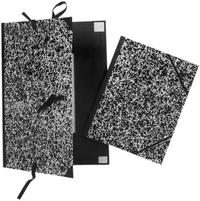 Storing and Protecting Artworks: Storing and Protecting Artworks:
- Spray/fix; drawings, especially if you've also worked with pastel chalk on them, are vulnerable. You can treat them with fixative to protect them. Additionally, especially dark colored wax pencils tend to form a light layer of wax on top of the color. To prevent this, you can also spray the work with fixative.
- Dry; always store drawings in a dry place.
- Flat; preferably lay drawings flat, in a designated folder and with protective sheets between the various drawings. You can use crystal paper for this, but also a very cheap thin type of paper. This is mainly to prevent colors from drawings from rubbing off on each other.
|



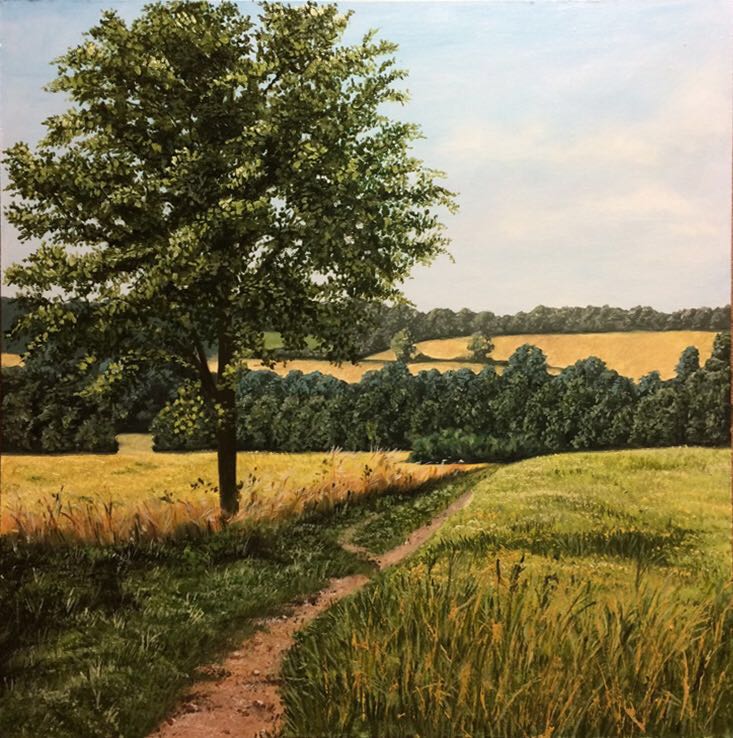
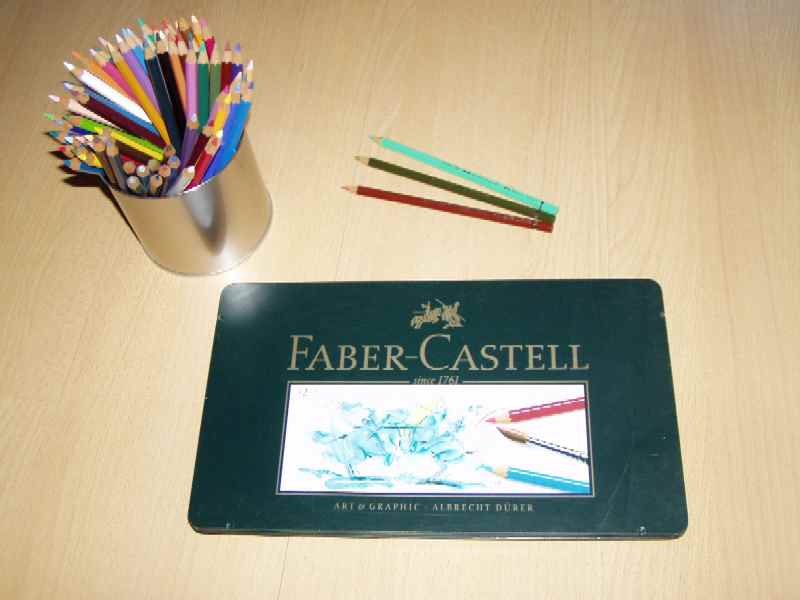
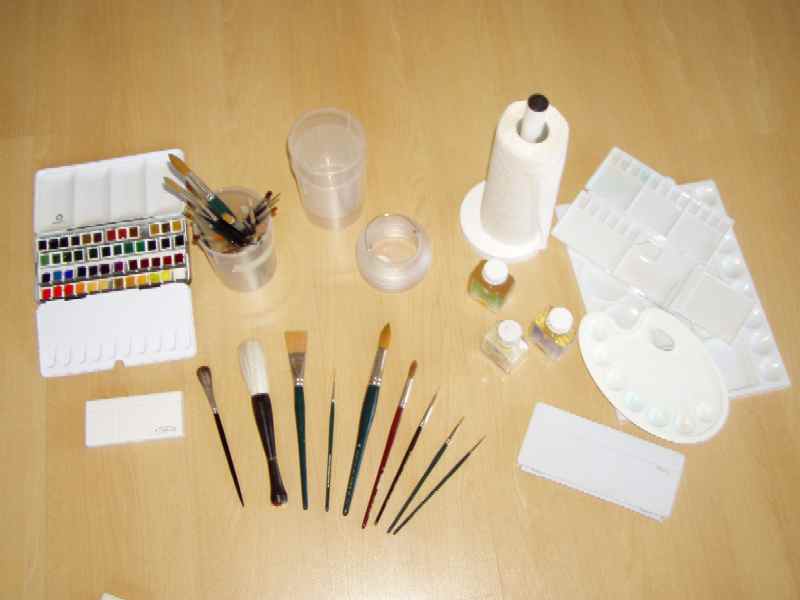
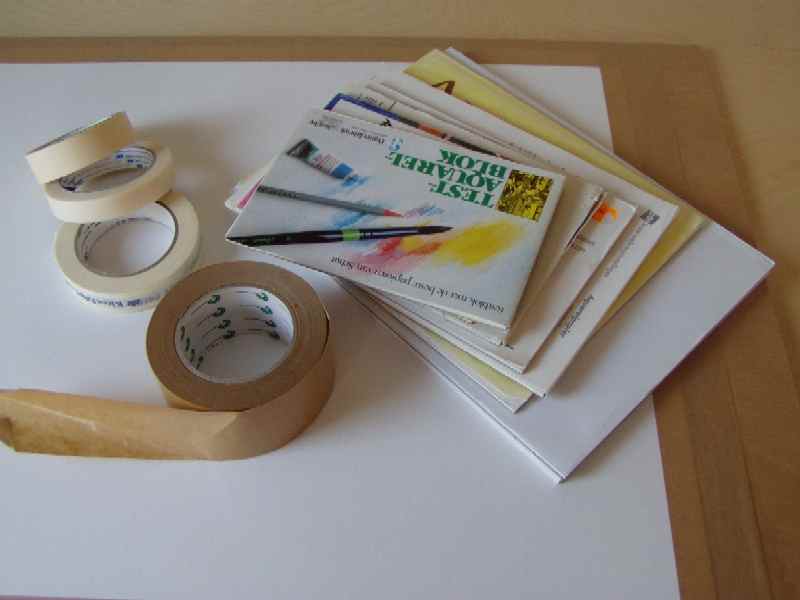
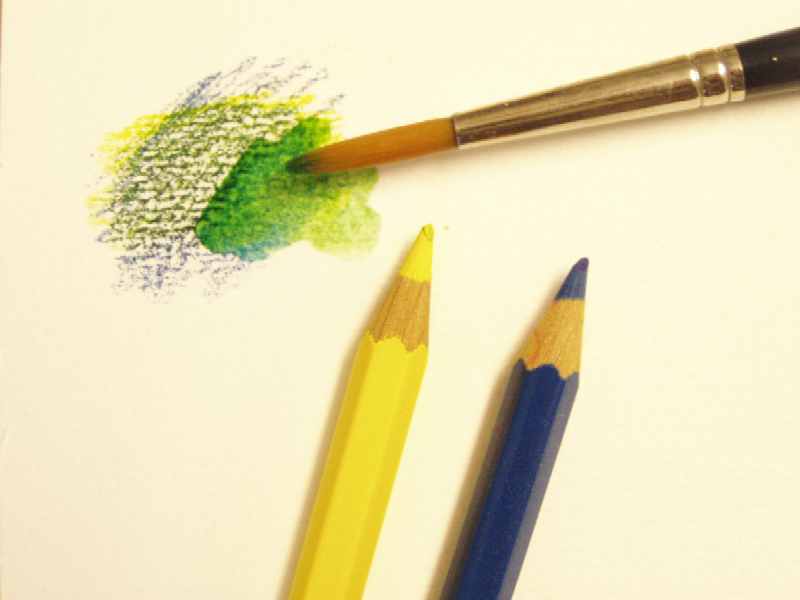
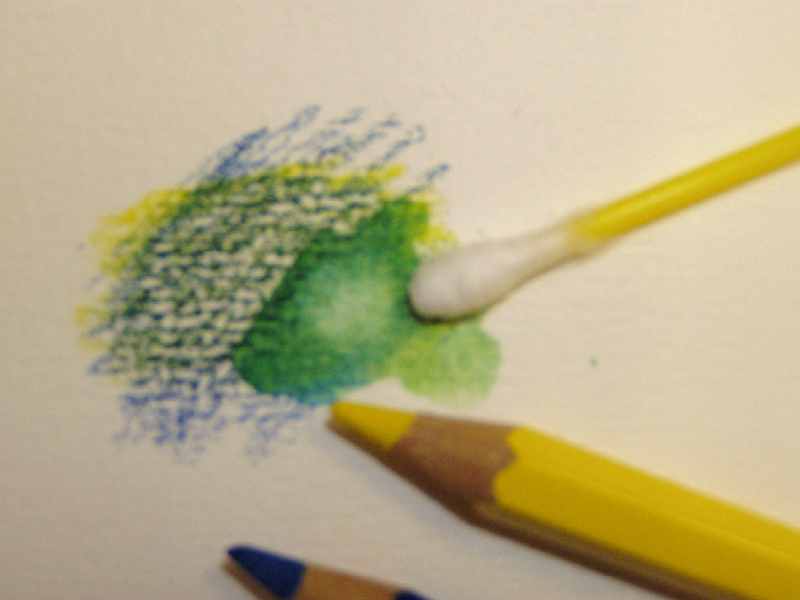
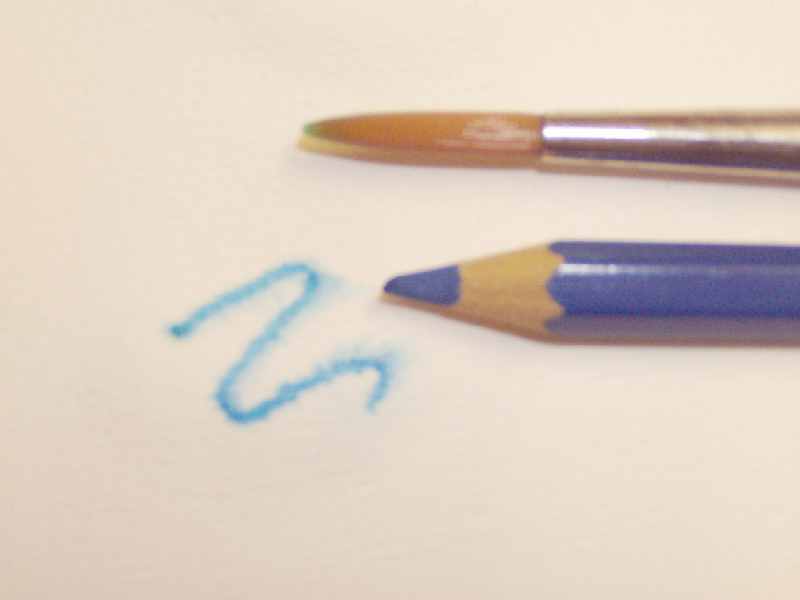
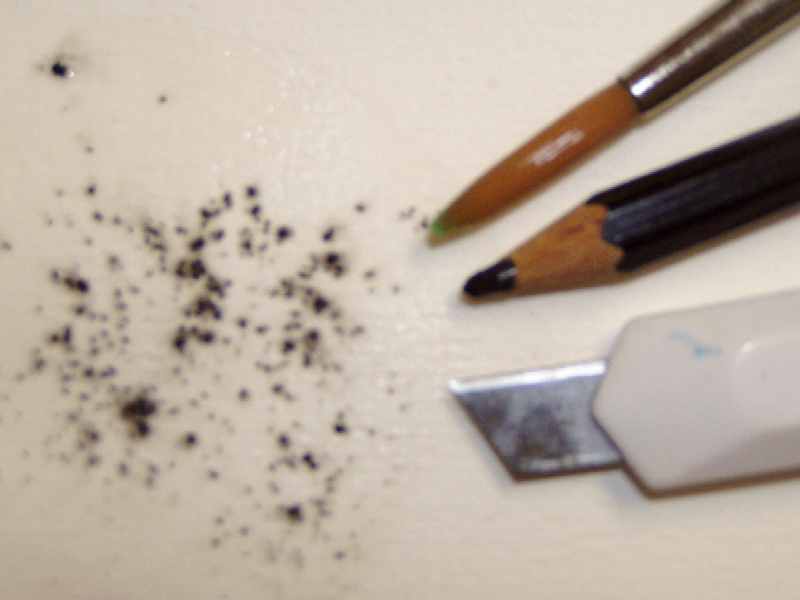
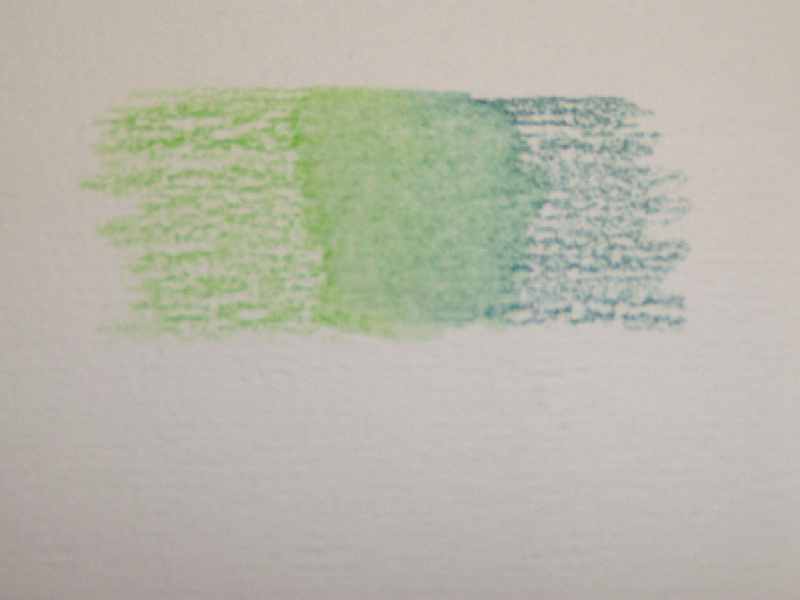
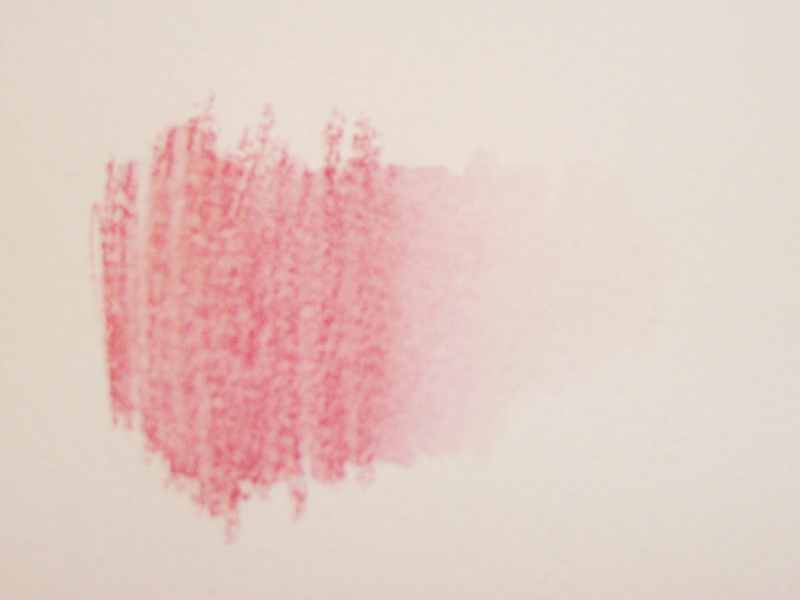
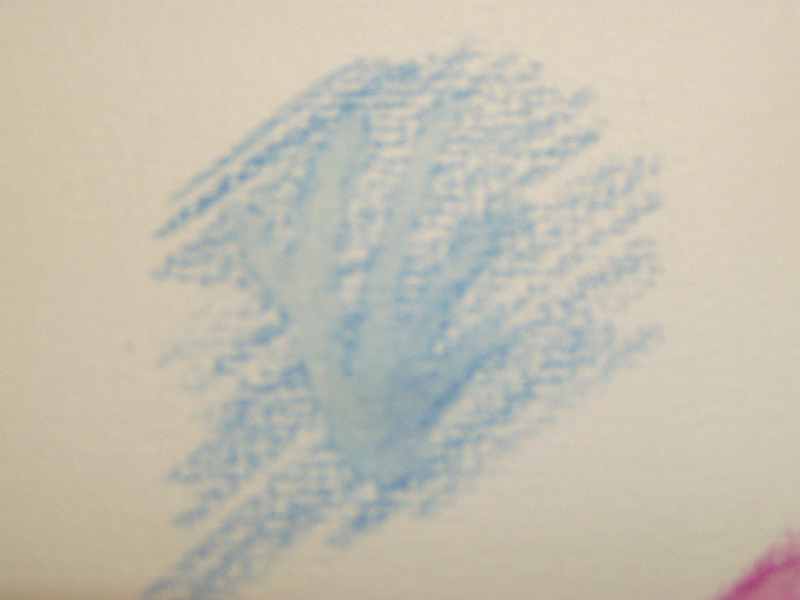
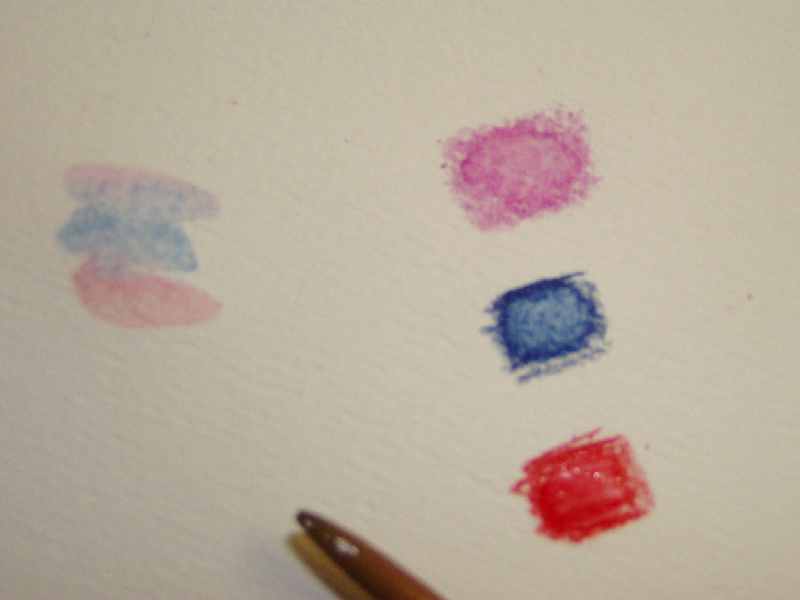
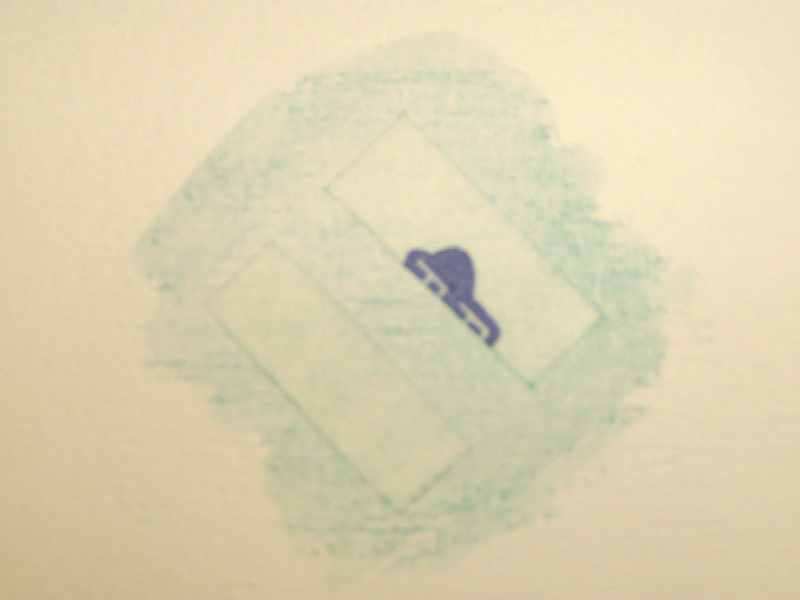
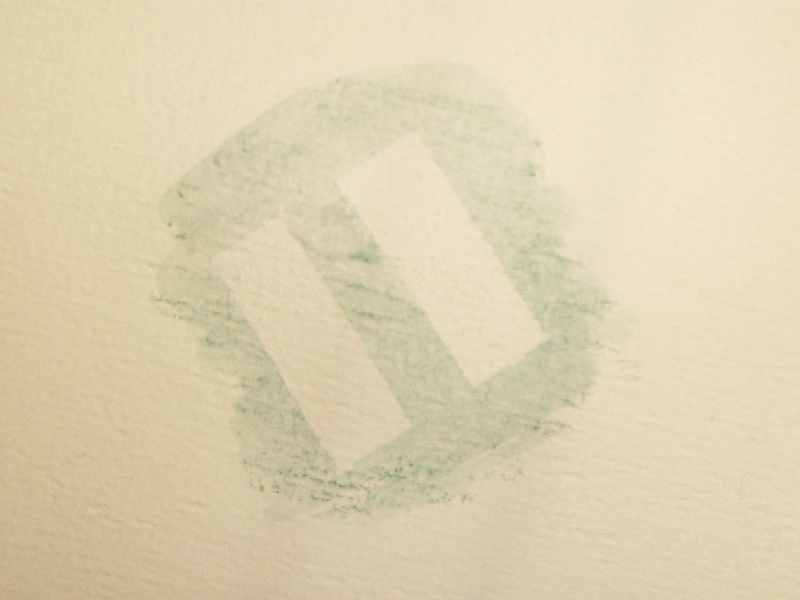
 Storing and Protecting Artworks:
Storing and Protecting Artworks: